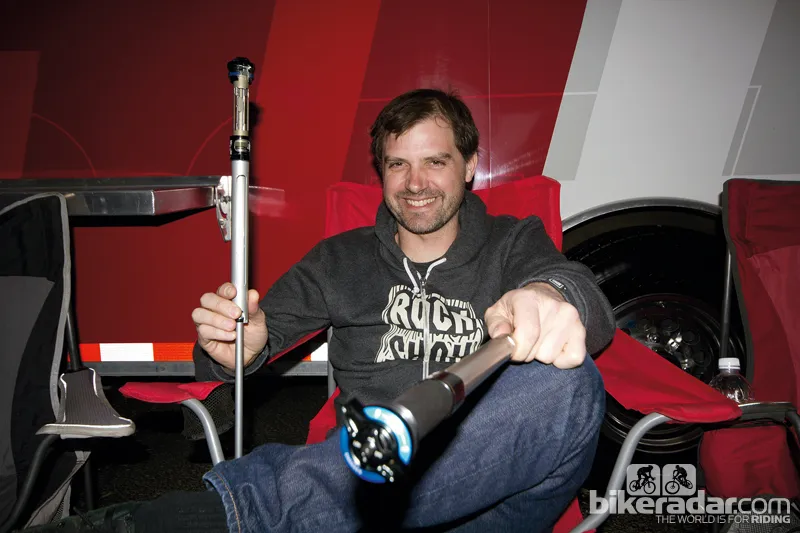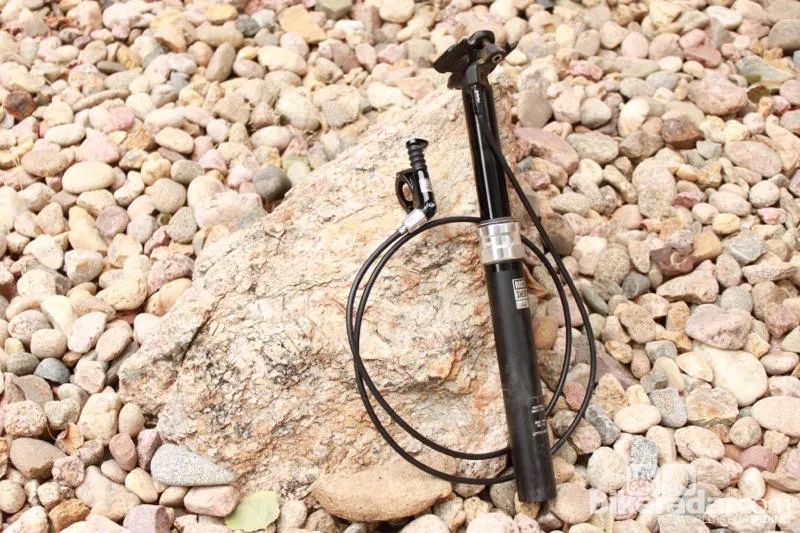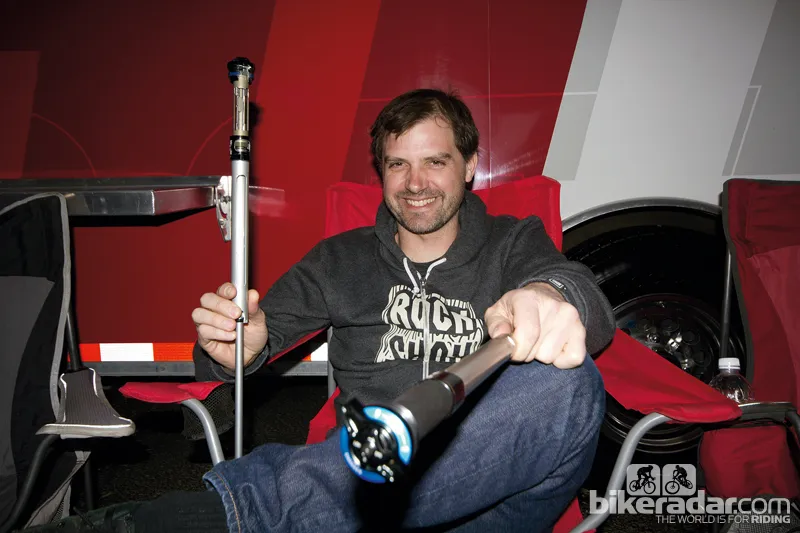Jeremiah Boobar, long travel product manager at RockShox, had a hand in developing the Reverb seatpost and new Pike forks. He spoke to What Mountain Bike about suspension tuning…
On all-mountain bikes
“It’s a very hot area of the market. These bikes are becoming so light and capable that you know you can take a 150-160mm travel bike and use that as your only bike very comfortably. You could build a 26lb [11.8kg] 160mm bike with a lot of frame platforms now. That’s a light bike and super capable of doing everything you want it to do.
“I think the technology has gotten to a point where it’s very exciting for us within SRAM. It’s the type of bike we’re all riding to be honest, or the type of bike we wish we could ride, especially in Colorado Springs – it’s the perfect weapon there.”
RockShox reverb seatpost
Video: The groundbreaking RockShox Reverb seatpost
On suspension complexity
“In my dream scenario you just get on the fork and it’s right for you, there isn’t a lot of tuning needed. That’s not realistic for every rider group, because for some the overall performance is such a key element that they’d rather have all the adjustments and learn how to use them.
“You get to more all-mountain, trail and cross-country riders and there’s a certain set of [adjustment] features that are very important, and there are features we’re confident we can preset from the factory to work effectively for them.
“For example, [in the new Charger damper] it’s pretty simple. We’ve got a mode knob on the top that goes from your open setting to your pedal setting to your locked setting. In the open setting you have a low-speed compression fine-tuning adjuster. Then there’s a rebound knob, so it’s not overwhelming.
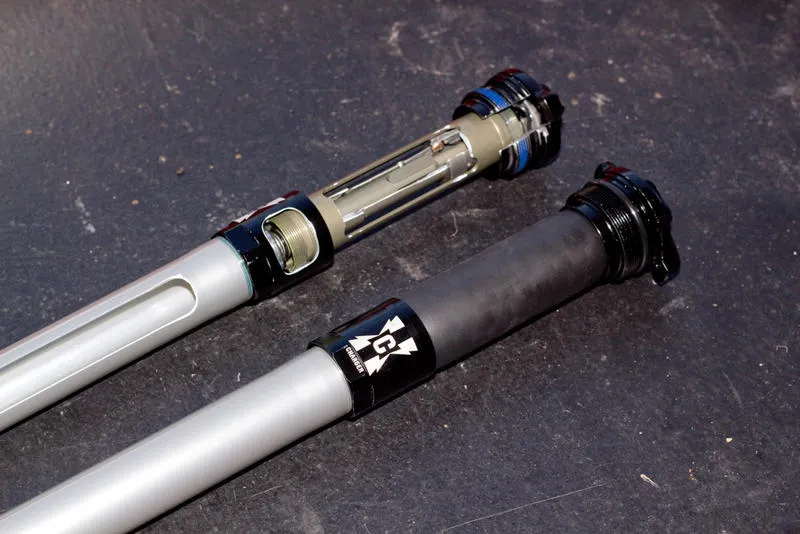
The Charger damper uses a rubber bladder to prevent air and oil mixing
“You get on the fork and there’s a couple of knobs; it might be a bit intimidating, but pedal around the car park and you realise it’s dead simple. It’s got all the features a trail rider really wants.”
On development riders
“You need pro rider feedback. They’re the fastest riders in the world and can push things harder than your average user. The balancing act is that, because they can push things further, their needs are a little bit different. If you err towards tuning for a pure professional, it will be stiffer and the fork will be firmer from a damping standpoint than what we would use for a standard rider.
“If I set myself up with a tune for a downhill bike that one of our World Cup riders is using and go into the bike park with it, I might have fun for a lap but then I’d get a little bit of fatigue. I’m not fast enough to push hard enough for more than maybe a run to think it’s even fun. Even during that run I’m probably going to be pretty loose and wild, pinging off stuff.
“Realistically, the tunes that are better for the more average rider like myself are backed off, they’re a little bit softer; the spring rates are a little bit lower. We have a pretty big crew of standard riders that we utilise to get our feedback from.”
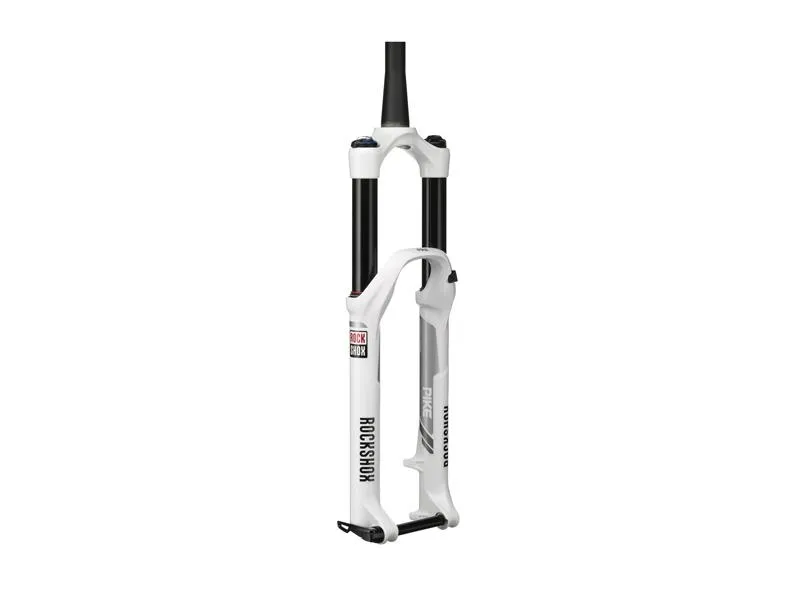
The new Pike fork was recently announced
On the future of suspension
“There’s a lot going on with electronics – look at the E.I system we partnered with Lapierre, Haibike and Ghost on. Being able to have this capable 150-160mm bike we were talking about, but then always have your rear shock in the perfect, most efficient setting for you without sacrificing any of the bump performance… That’s a real advantage to a lot of users. I think that’s one area where average people are really going to be able to benefit.”
For more information on RockShox products see www.sram.com/rockshox.
This article was originally published in What Mountain Bike magazine, available on Apple Newsstand and Zinio.
